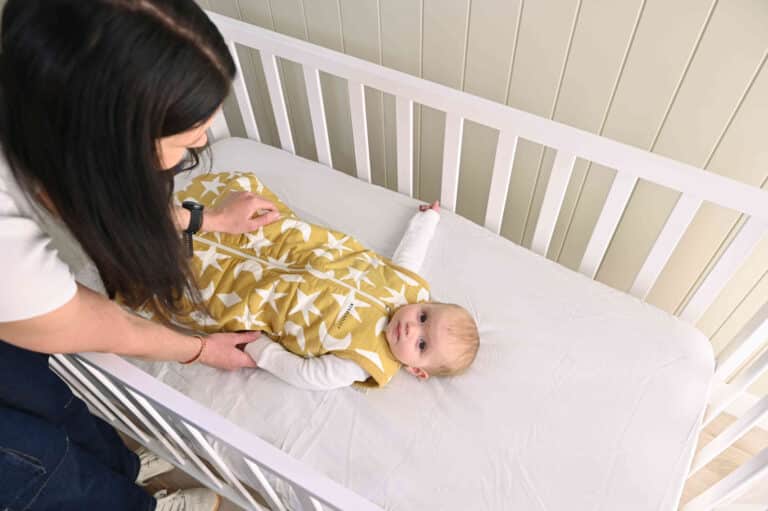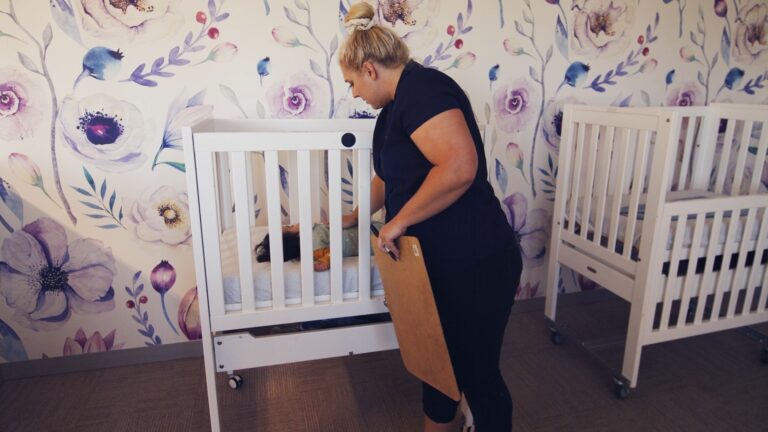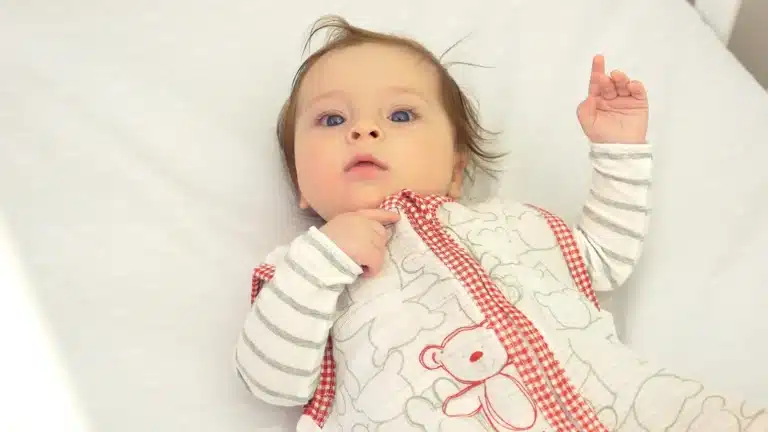Breastfeeding is known to offer many health benefits for babies — but did you know that it can also help reduce the risk of Sudden Unexpected Death in Infancy (SUDI), including SIDS?
Does Breastfeeding Reduce the Risk of SUDI?
Yes. Research shows that breastfeeding can reduce the risk of SUDI by up to 50%. That’s why Red Nose recommends breastfeeding, wherever possible, as part of a broader set of evidence-based safe sleep strategies.
Breastmilk helps protect your baby against infections, boosts their immune system, and supports healthy development. These protective effects are thought to play a role in lowering the risk of SUDI.
What Are the Other Benefits of Breastfeeding?
Breastfeeding doesn’t just lower the risk of SUDI — it also provides a range of other important benefits for your baby’s health and wellbeing:
- Protection from common infections like colds, ear infections, and gastro
- Supports healthy brain development
- Promotes bonding between parent and baby
- Provides perfect nutrition tailored to your baby’s needs
What Do the Experts Recommend?
The World Health Organization (WHO) recommends:
- Exclusive breastfeeding for the first 6 months of life
- Introduction of healthy, appropriate solids from 6 months
- Continued breastfeeding alongside solid foods for up to 2 years or longer
These recommendations align with Red Nose’s safe sleep advice.
What If I Can’t or Choose Not to Breastfeed?
At Red Nose, we understand that not all parents are able to breastfeed, and some may choose not to — for many different reasons.
What matters most is that every parent feels informed, supported, and respected.
If breastfeeding is not possible, you can still significantly reduce your baby’s risk of SUDI by following the other five Red Nose Safe Sleep Recommendations, which include:
- Always place baby on their back to sleep
- Keep baby’s face and head uncovered
- Keep baby smoke and vape free before and after birth
- Safe sleeping environment night and day; in a safe cot, bassinet or portable cot that meets Australian infant sleep product Safety Standards
- Sleep baby in their own safe sleep space in the same room as their parent or caregiver for at least the first 6 months
- Breastfeed baby if possible
Breastfeeding is one important piece of the safe sleep puzzle — but it’s not the only one.
Supporting You on Your Feeding Journey
Whether you’re breastfeeding, bottle feeding, or a combination of both, Red Nose is here to support you with compassionate, evidence-based advice. Our goal is to help you make informed decisions that are right for you, your baby, and your family.
Have Questions?
- If you are needing breastfeeding advice, contact the Australian Breastfeeding Association for support: 1800 mum 2 mum | 1800 686 268
- Watch helpful breastfeeding videos on the Raising Children’s Website
You can speak with one of our Red Nose Safe Sleep Educators by:
- Visiting rednose.org.au
- Calling our Safe Sleep Advice Line on 1300 998 698, Monday to Friday, 9am–5pm (AEST)
We’re here for you — every step of the way.
Did you find this helpful?
Good job! Please give your positive feedback
How could we improve this post? Please Help us.




